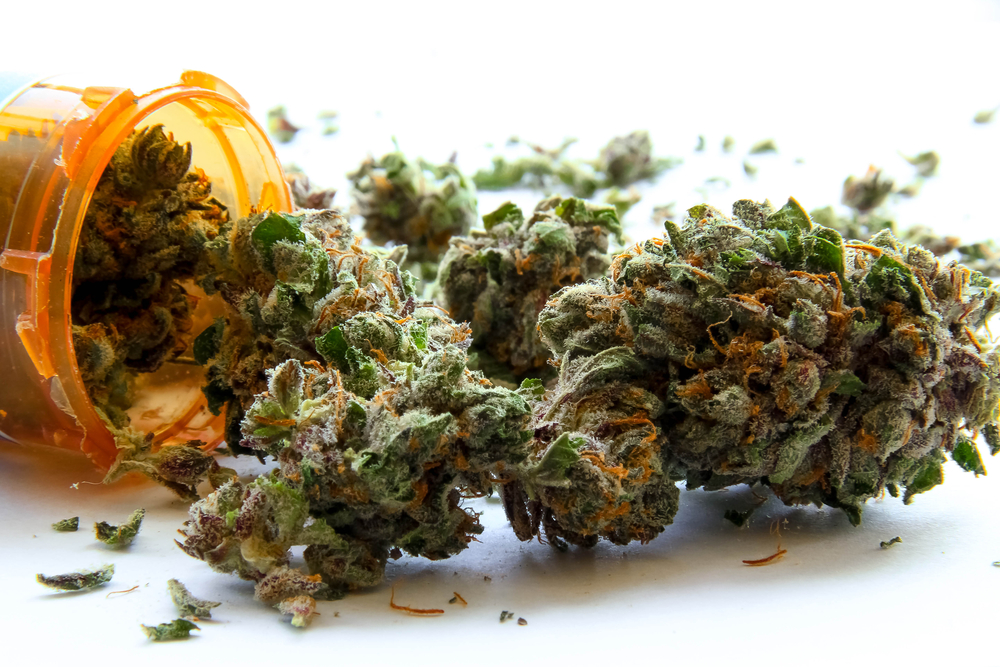Illegal Pot Use Is Rising in States That Have Legalized Medical Marijuana

In recent years, illegal marijuana use has risen faster in states that have legalized medical marijuana than in states without such laws, a new study finds.
In addition, the percentage of people with "marijuana use disorders" — people who use the drug in unhealthy ways, or abuse it — has also increased at a higher rate in these states, according to the study.
Although medical marijuana laws may benefit some people, changes to state laws also may have negative consequences for public health, the researchers, led by Deborah Hasin, a professor of epidemiology at Columbia University in New York City, wrote in the study. Marijuana may, for example, help cancer patients with pain and nausea.
The researchers looked at data from three time periods: 1991 to 1992, when no states allowed marijuana use for medical reasons; 2001 to 2002, when six states had medical marijuana laws; and 2012 to 2013, when 15 states had medical marijuana laws. [Marijuana Legalization in the US (Map)]
As of November 2016, a total of 28 states have passed medical marijuana laws, according to the study, published today (April 26) in the journal JAMA Psychiatry.
Data on people's marijuana use and rates of marijuana use disorders came from national surveys from the three time periods included, the study said. Nearly 120,000 people in 39 states were included in these surveys, according to the study.
Over the course of the study period, the rates of illegal marijuana use increased in all 39 states included in the study. In the states that never passed medical marijuana laws, the rates of illegal use of the drug rose from 4.5 percent to 6.7 percent — an increase of 2.2 percentage points. In states that did pass medical marijuana laws, the rates of illegal use rose from 5.6 percent to 9.2 percent — an increase of 3.6 percentage points. In other words, the rates of illegal marijuana use increased more quickly in states with medical marijuana laws, the researchers said.
Get the world’s most fascinating discoveries delivered straight to your inbox.
Similarly, the rates of marijuana use disorders also increased more quickly over the study period in states that had passed medical marijuana laws than in states that had not. In states without medical marijuana laws, the rates of marijuana use disorders rose from 1.3 percent to 2.3 percent — an increase of 1 percentage point. In comparison, the rates of marijuana use disorders in states with medical marijuana laws rose from 1.5 percent to 3.1 percent — an increase of 1.6 percentage points.
The researchers noted that two states, California and Colorado, stood out for their higher rates of illegal marijuana use. For example, between 2001-2002 to 2012-2013, the rates of illegal marijuana use increased by 5.3 percentage points in California and 7 percentage points in Colorado, the researchers found. Marijuana has since been legalized for recreational use in both Colorado and California.
They also noted that the rates of illegal marijuana use increased more sharply in states that passed medical marijuana laws after 2002-2003 than in states that passed the laws before those years, with the exception of California. [7 Ways Marijuana May Affect the Brain]
However, the study had several limitations, the researchers noted. For example, the survey participants reported their own marijuana use, which could have led to inaccuracies. In addition, as marijuana use became more common, people might have been more forthcoming about reporting their use of the drug, which, in turn, might have contributed to the sharper increase between 2002-2003 and 2012-2013. In other words, in the earlier survey, people might not have admitted to using marijuana.
More studies are needed to help explain why medical marijuana laws may increase the illegal use of the drug, the researchers said. Some possible explanations include an increased perception that marijuana is safe when a medical marijuana law is passed, as well as increased availability of the drug, the researchers wrote.
Originally published on Live Science.




